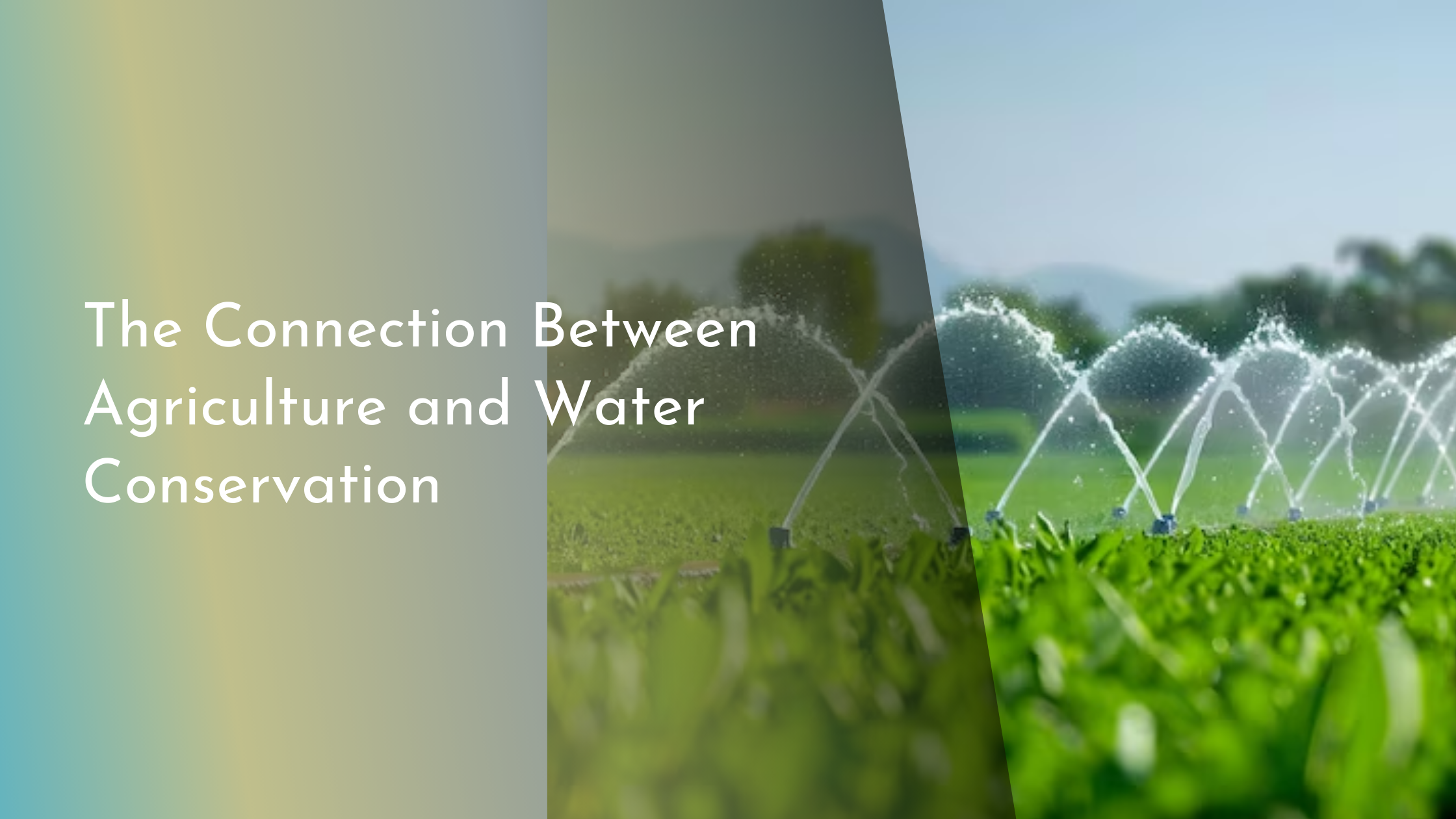The Connection Between Agriculture and Water Conservation
Water is the lifeblood of agriculture, nurturing crops and sustaining livestock. As global populations swell and climate change alters weather patterns, the importance of conserving this precious resource has never been more apparent. Understanding the intrinsic connection between agriculture and water conservation is essential for developing strategies that ensure food security while safeguarding our planet’s ecological balance. This article delves into how water functions within agricultural systems, explores innovative conservation techniques, highlights collaborative efforts, and emphasizes the need for sustainable practices.
Understanding the Role of Water in Agriculture
Water is indispensable in agriculture, serving as the fundamental requirement for plant growth and development. It is responsible for transporting essential nutrients from the soil into plants, facilitating photosynthesis, and cooling plants through transpiration. Moreover, water directly influences crop yields and quality; inadequate water supply can lead to stunted growth, reduced productivity, and higher vulnerability to pests and diseases. The role of water extends beyond crop cultivation to livestock farming, where it is crucial for drinking, cleaning, and maintaining hygienic conditions.
Agricultural water use accounts for about 70% of global freshwater withdrawals, underscoring the sector’s significant impact on water resources. However, this heavy reliance on water also means that agriculture faces immense pressure to conserve and manage it efficiently. Balancing water demand with availability is increasingly challenging due to factors like climate variability, which leads to unpredictable precipitation patterns and water scarcity in some regions. Understanding these dynamics is crucial for developing adaptive water management strategies that can support both agricultural productivity and environmental sustainability.
Innovative Techniques for Water Conservation
Farmers and researchers worldwide are exploring innovative techniques to enhance water conservation in agriculture. Drip irrigation, for instance, delivers water directly to the root zone of plants, minimizing evaporation and runoff. This system not only reduces water use but also improves nutrient uptake, leading to healthier crops and higher yields. Another technique, rainwater harvesting, involves collecting and storing rainwater for agricultural use, providing a sustainable water source during dry periods and reducing dependency on groundwater.
The adoption of precision agriculture technologies, such as soil moisture sensors and satellite imagery, enables farmers to make data-driven decisions regarding irrigation scheduling and water application. These technologies allow for precise water management, ensuring that crops receive the right amount of water at the right time. Moreover, the integration of these techniques with traditional knowledge and practices can further improve water conservation efforts, promoting a more resilient agricultural system.
Collaborative Efforts to Preserve Water Resources
Water conservation in agriculture is not just the responsibility of individual farmers; it requires a collaborative effort involving governments, NGOs, researchers, and local communities. Policy frameworks that promote sustainable water management, such as incentives for adopting water-efficient technologies or regulations on water use, play a crucial role in guiding agricultural practices. By working together, stakeholders can share resources, knowledge, and expertise to develop innovative solutions that address both local and global water challenges.
Community-based initiatives, such as water user associations, empower farmers to manage water resources collectively and equitably. These groups facilitate the sharing of best practices, foster communication between farmers and authorities, and enable the implementation of joint water conservation projects. Such collaborations not only enhance water resource management but also build stronger, more resilient communities that are better equipped to face the challenges of water scarcity and climate change.
Embracing Sustainable Practices for a Brighter Future
Sustainable agricultural practices are key to conserving water resources and ensuring long-term food security. Crop rotation, cover cropping, and conservation tillage are examples of practices that improve soil health, enhance water retention, and reduce erosion. By maintaining healthier soils, these practices reduce the need for irrigation and help farmers adapt to changing climatic conditions. Additionally, integrating agroforestry systems, where trees are grown alongside crops or livestock, can enhance biodiversity and further conserve water by reducing evaporation from soil surfaces.
Embracing sustainability also means promoting a culture of conservation and efficiency within the agricultural sector. Education and training programs can equip farmers with the knowledge and skills needed to implement water-saving practices and technologies. Encouraging the adoption of sustainable practices not only benefits the environment but also enhances the economic viability of farms by reducing input costs and increasing resilience to climatic variability. As more farmers adopt these practices, the collective impact on water conservation will lead to a brighter, more sustainable future for agriculture and the planet.
The intricate relationship between agriculture and water conservation is pivotal to addressing the challenges posed by climate change and growing global food demands. By understanding the role of water in agriculture and embracing innovative techniques, collaborative efforts, and sustainable practices, we can create a more resilient and efficient agricultural system. Together, we have the opportunity to preserve our precious water resources for future generations, ensuring that both our planet and its people thrive.


